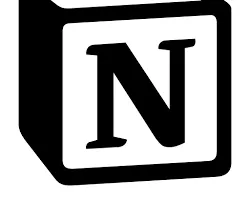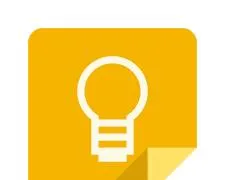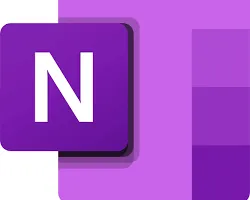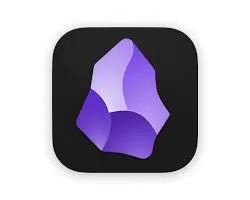Navigating the Note Taking Landscape
With information overflowing from every corner, capturing and organizing our thoughts is more crucial than ever. But choosing the right note-taking tool can feel overwhelming. Fear not, knowledge seekers! This post dissects four popular options: Obsidian, Notion, Google Keep, and Microsoft OneNote, highlighting their strengths and weaknesses to help you find your perfect match.
Notion: The Versatile All-in-One

Strengths
- User-Friendly Interface: Drag-and-drop functionality and diverse content blocks make note-taking effortless, even for beginners.
- Collaboration Champion: Real-time editing and seamless sharing features empower teamwork and knowledge sharing.
- Visually Appealing: Images, embeds, and various content blocks cater to diverse learning styles and preferences.
Weaknesses
- Vendor Lock-in: Your notes reside on Notion’s servers, potentially raising concerns about future access and control.
- Performance Concerns: Managing large amounts of data or complex functionalities can lead to sluggishness.
- Limited Customization: While customizable, it doesn’t offer the same level of flexibility as Obsidian for advanced users.
Google Keep: The Simple and Speedy Companion

Strengths
- Effortless Capture: Capture quick thoughts, ideas, and to-do lists with ease using voice notes, text, or images.
- Seamless Integration: Integrates flawlessly with other Google products, making access and management convenient.
- Free and Accessible: Available on various devices at no cost, making it a budget-friendly and readily available option.
Weaknesses
- Limited Features: Lacks advanced functionalities like organization tools, linking capabilities, or offline access.
- Not Ideal for Complex Projects: While great for quick captures, it struggles to handle intricate knowledge management or extensive note-taking needs.

Strengths
- Free and Versatile: A free option with familiar features, particularly for Windows users already invested in the Microsoft ecosystem.
- Free-Form Note-Taking: Mimics the experience of a physical notebook, allowing you to create sections and pages for intuitive organization.
- Multi-Device Access: Access and edit your notes seamlessly across various devices, ensuring information is always at your fingertips.
Weaknesses
- Limited Customization: Lacks the extensive customization options found in tools like Obsidian or Notion.
- Collaboration Limitations: While collaboration features exist, it’s not as robust as dedicated collaboration tools like Notion.
- Potential Performance Issues: Managing large amounts of information can lead to performance bottlenecks.
Obsidian: The Powerhouse for Power Users

Strengths
- Ultimate Customization: Craft your ideal workspace with plugins and themes, tailoring functionality and aesthetics to your specific needs.
- Advanced Linking: Forge connections between notes using backlinks and transclusions, creating a web of interconnected knowledge for deeper understanding.
- Local-First Approach: Gain complete control and peace of mind by storing your notes securely as plain text files on your device.
Weaknesses
- Steeper Learning Curve: Mastering Obsidian’s features and plugins requires more effort compared to simpler tools.
- Limited Visual Appeal: While customizable, the interface prioritizes functionality over aesthetics, potentially deterring users who prefer a visually engaging experience.
- Collaboration limitations: While plugins exist, real-time collaboration isn’t its core strength.
The Final Note: Selecting Your Perfect Match
Choosing the ideal note-taking tool is a personal journey. Consider your specific needs, desired features, and preferred level of complexity.
- For power users and knowledge workers seeking advanced customization and local storage, Obsidian is a compelling choice.
- If you prioritize collaboration, a visually appealing interface, and diverse functionalities, Notion might suit you best.
- For capturing quick ideas and to-do lists or managing on a budget, Google Keep offers a simple and free option.
- Microsoft OneNote caters to those comfortable with the familiar free-form note-taking experience within the Microsoft ecosystem.
Remember, the best note-taking app is the one you’ll consistently use and leverage to harness the power of your knowledge. So, explore, experiment, and find the tool that empowers you to capture, organize, and utilize information effectively!



